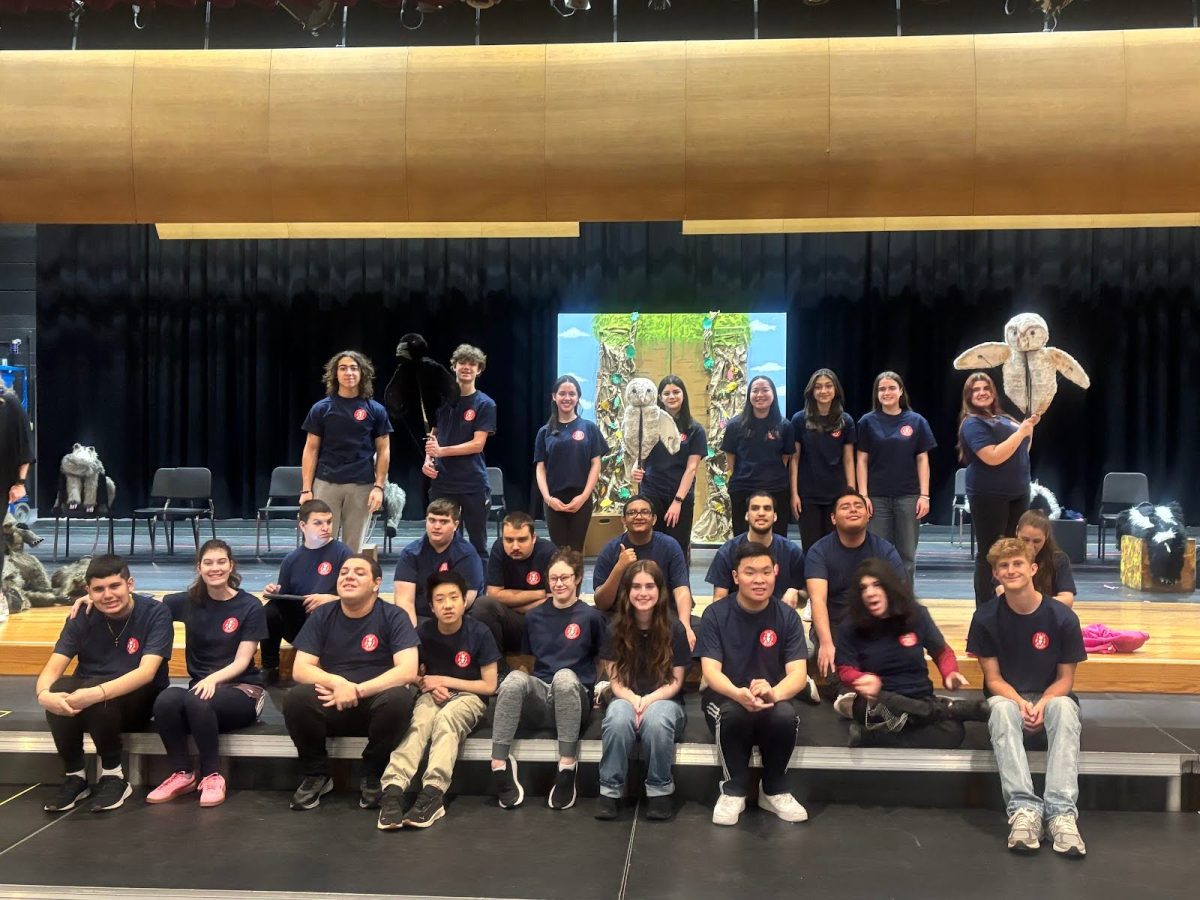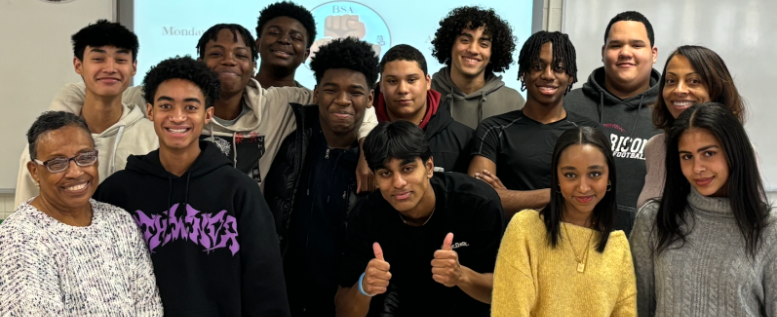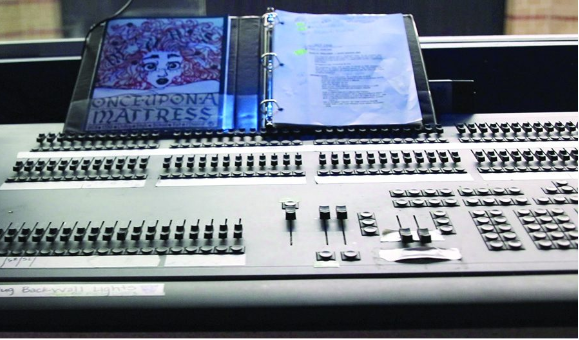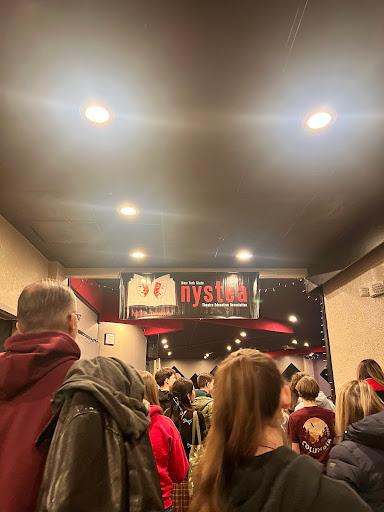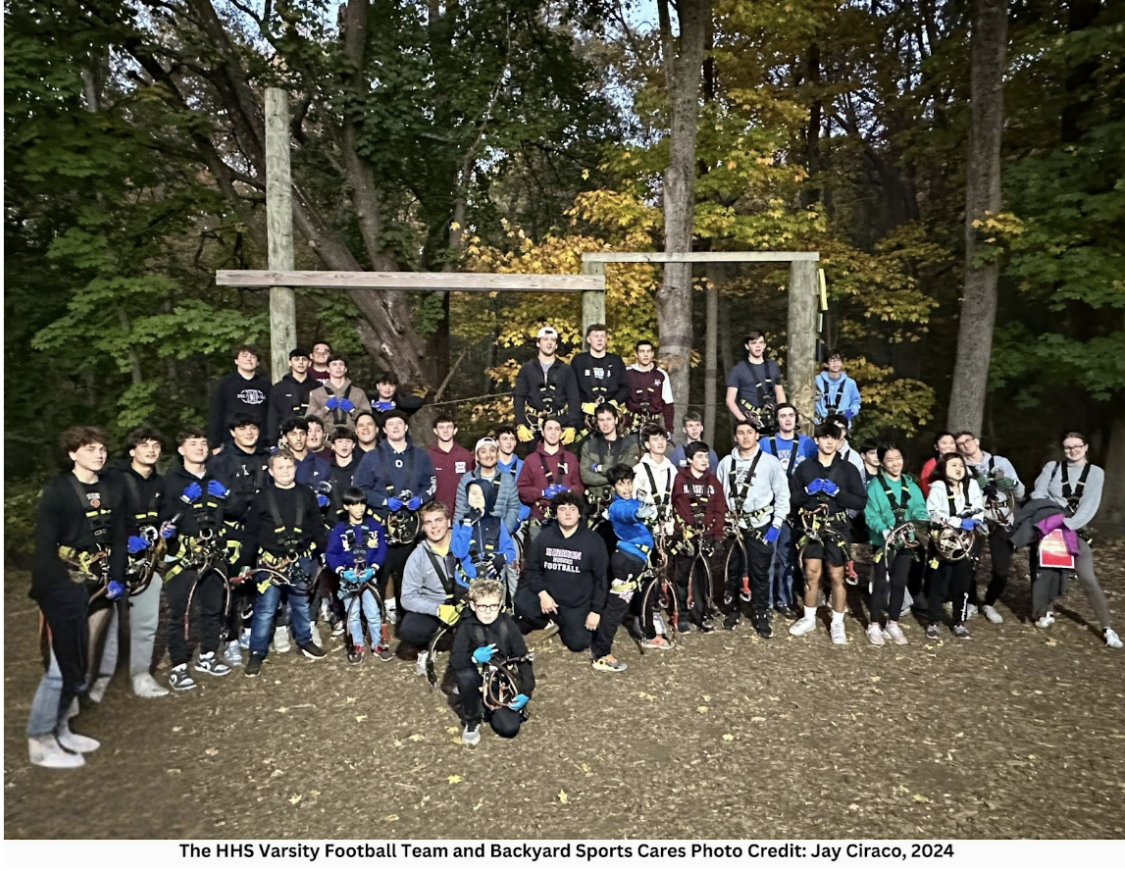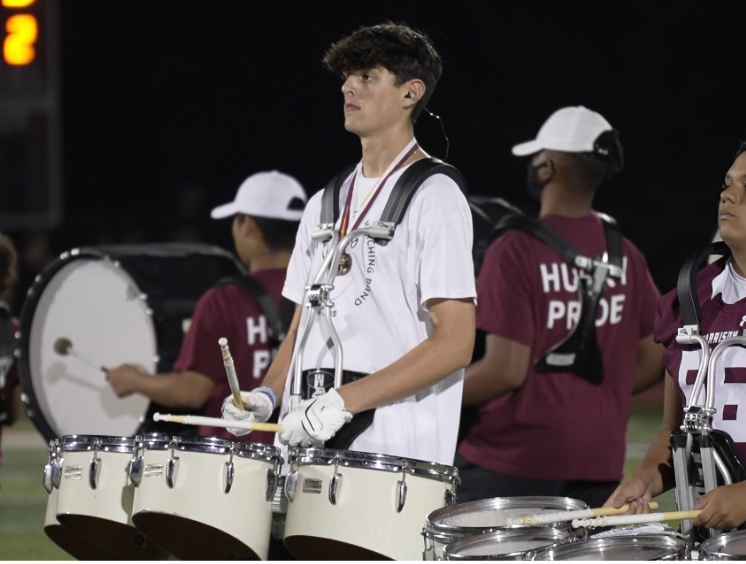When taking a quick peek into a technology or engineering classroom at Harrison High School, one might see that the percentages of boys and girls are not always equal. However, in light of the recent push for more female involvement in STEM, most people are not at all opposed to women taking part in STEM programs and activities. As Apple CEO Tim Cook said, “Technology’s a great thing that will accomplish many things, but unless you have diverse views at the table that are working on it, you don’t wind up with great solutions.”
One of the beginning engineering classes offered at Harrison High School is DDP, which stands for design, drawing and production. Mr. D’Alessandro, one of the DDP teachers at Harrison, said, “ DDP focuses on the drawing aspect of engineering and the design aspect… Students learn CAD software, computer animated drafting, and they learn these softwares, they learn architectural design, they learn mechanical design, and they learn 3D design. Then, what they do is they make different products, prototypes, and then they produce little products in each different area that they are learning about.”
While the class is an incredibly positive way to introduce students to many different varieties of technology, it would be even more positive if it was reaching boys and girls equally. Akari Nakayamada, a ninth-grade student enrolled in DDP said, “In my class, the amount of girls and boys is about 3:7 and there aren’t as many girls compared to boys in our class.” Another female, ninth grade student, Noélie, stated, “There’s definitely an unequal amount of girls vs boys. For example, I think we are about 24 in my DDP class and there are only a couple girls, 5 I think. So it is unequal for sure. Since there are more boys I feel like they talk more but some girls still talk too.”
Even if the amount of boys to girls is unequal in certain tech education classes, the school feels that they are making progress. Dr. O’Keefe, Director of Science & Technology Education, said “ In 2009-10, the percentage of girls in the program [tech ed] was 10%. This year, it is 21% and that has been the approximate percentage for the past several years.”
Additionally, while the amount of female students in engineering classes such as DDP is less than 50%, the class environments are very positive. Mr. D’Alessandro stated, “I’ve never seen any discrimination like “Oh you’re a girl, you can’t do this” or anything along those lines. I don’t think our environment is conducive to that.” Noélie backed up Mr. D’Alessandro’s statement saying, “I don’t think I ever heard anyone say anything offensive concerning gender. I think that the boys are pretty nice and I just think that they really don’t care.” Jonah Peligri, a ninth grade boy in DDP said, “I feel that there is equal gender involvement in DDP because both boys and girls participate and put effort into their projects.”
If the environment in engineering classes appears to be quite positive and open to all genders, that raises the question as to why there is still an unequal percentage of gender in such classes. Ms. Frawley, a technology teacher at LMK and HHS who has been teaching for 29 years, 19 of which were spent at Harrison, suggests that the issue has many factors that play a part. She suggests that one of those factors is the way that children are raised. She said, “Since they’re born really.. The little fake hammers and banging things and trucks and part of that I think is what we introduce to our children as this is your gender role and if you’re a boy you should like trucks. Of course, we know that that shouldn’t be the way it is, but to some degree, I think we’re drawn to things.” She continued to explain how by introducing children to things, it takes away some of the fear of the unknown, “ It’s really my father who taught me, and I think by teaching me, I wasn’t afraid of the tools. Then I thought, I could do this and I could get more girls into it. It’s such a great career, engineering… I think there’s so many opportunities for girls in STEM careers and they’re not really taking them for a big portion of it.”
Even if there is an unequal percentage of females to males in engineering and tech classes at HHS, the percentage seems to have increased since 2009, and the environments in such classes seem to be positive and open to everyone participating. Students at HHS are lucky to have a tech program with such great teachers who are passionate about teaching. Hopefully, in the future, more female students will take advantage of the tech department and what it has to offer.

